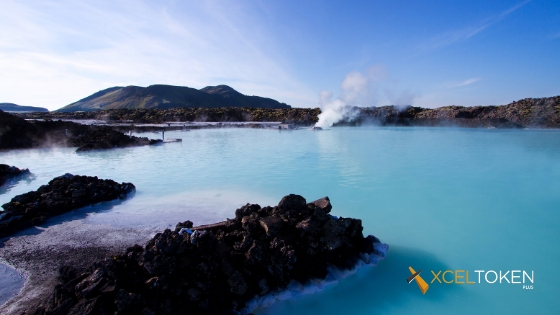5 Places to Visit in Reykjavík
The capital of Iceland is a young, culturally happening city, as well as a launch pad for natural wonders that people dream of seeing their whole lives. Like any cool spot Reykjavík is also constantly reinventing itself, as you can see at the Grandi Area by the Old Harbour. Here fish packing factories have been turned into sharply designed visitor attractions, while creative murals coat the walls and cutting-edge Nordic restaurants have opened. The waterfront was chosen for the cultural venue, Harpa, a monument for 21st-century Reykjavík with a mesmerising facade by Ólafur Elíasson. You could stay in Reykjavík’s cosy embrace or stride out to visit the volcanic marvels in the Golden Circle and see whales in the Faxa Bay in summer.
Hallgrímskirkja:
Both a parish church and Iceland’s national sanctuary, Hallgrímskirkja is an ever-present feature of Reykjavík’s skyline. Conceived in the early-1940s by Guðjón Samúelsson, the church was 41 years in the making and was finally consecrated in 1986. Flanking the 74.5-metre tower are cascading columns intended to evoke Iceland’s basalt landscapes, all giving the impression of a rocket taking off. Just in front is a statue of Leif Eriksson, the Norse explorer credited as the first European to set foot on American soil at the turn of the 11th century. One of the things to see inside is a colossal 15-metre high and 25-ton organ by the German master Johannes Klais.
National Museum of Iceland:
To get up to speed on Iceland’s 1,200 years of human history there’s only one place to go.
The National Museum of Iceland has a collection assembled since 1863 and moved to its current, rather nondescript building in 1950. This gives no hint of the marvels that are in store inside, laid out over two floors. The most treasured artefact is the Valþjófsstaður door from the early 13th century. The relief in the pine wood echoes the story of Yvain, the Knight of the Lion, a Medieval Arthurian romance. This is one of many fascinating artefacts in the permanent Making of a Nation exhibition, which has over 2,000 objects and 1,000 photographs, beginning with a longboat and ending with a modern airport.
Árbæjarsafn:
Reykjavík wouldn’t be a Nordic capital if it didn’t have a Skansen-style open-air museum shedding light on the customs, work and home life of previous generations. Árbæjarsafn was founded on an abandoned farm in 1957 to preserve a piece of old Reykjavík amid the intense construction taking place in the city at the time. The buildings at the museum are nearly all authentic, dating mostly to the 19th century. There’s a blacksmith’s house, a stable, a labourer’s cottage with an exhibition about life in the Great Depression, a general store, a drill used for gold mining and much more. The museum is open June to August, but has a special Christmas programme in December.
Viðey Island:
In the Kollfjörður almost within touching distance of the city’s waterfront is the small island of Viðey. The Elding ferry service has regular crossings to Viðey, unmissable for its historical architecture and modern culture. You can navigate the island’s trails on foot or by bike, on the hunt for one of the oldest churches in the country, and Viðey House, which was the first structure in Iceland to be built from stone. Against the island’s stark heathland are modern monuments like Yoko Ono’s Imagine Peace Tower light installation. Between October 9 (Lennon’s birthday) to December 8 (anniversary of his death), you can’t help but notice this luminous column from the mainland. From its drum-like stone base the beam rises as high as four kilometres on a clear night. Richard Serra’s environmental artwork, Milestones is on the west side of Viðey, comprising a series of basalt columns alluding to Iceland’s geology and topography.
Street Art:
Cool as ever, Reykjavík has had a dynamic street art scene since at least the 1990s, but over the last few years it has taken on a new dimension. Show-stopping murals now adorn building facades around the Old Harbour and Grandi, the result of a collaboration between the Iceland Airwaves music festival and the Berlin-based Urban Nation art initiative. Titled “Wall Poetry”, these murals are either inspired by individual songs by the likes of Mercury Rev, John Grant or Gus Gus, or are genuine collaborations between the street artist and music artist. They hark back to a now lost time when visual art was integral to albums. Wall Poetry is also just the tip of the iceberg for commissioned street art, in Reykjavík and there are large-scale photorealistic works by Guido Van Helten and fanciful pieces by Sara Riel injecting wonder into the cityscape.
Use XcelToken Plus on XcelTrip to make memories that last a lifetime and get 15% off on all your reservations.




Comments
Post a Comment